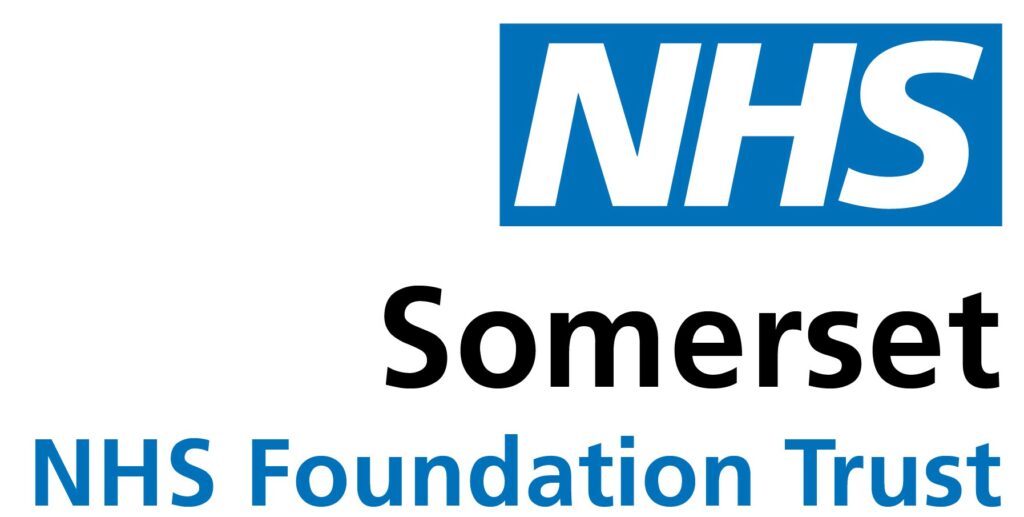Stages of Labour
The First Stage of Labour (Established/Active Labour)
The part of labour when your cervix opens to about 4cm and your contractions get stronger and come more often is called established or active labour. This stage can take 6 to 12 hours for a first baby. If you’ve had babies before, it might be faster.
You should call your midwife or the place where you plan to have your baby if:
- your contractions are happening every 5 minutes and last about 60 seconds
- your waters break
- your contractions are very strong, and you feel like you need help with the pain
- you are worried about something
If you go to the hospital or birthing centre before your labour is far along, they might tell you to go back home for a bit.
When you are in labour at the hospital or at home, your midwife do regular check’s on you and your baby like:
- your observations (blood pressure, pulse and temperature)
- your contractions
- listening to your baby’s heartbeat
- vaginal examination to assess the progress of labour and position of your baby
Your midwife will help you find comfortable ways to sit or lie and help you with pain if needed. If there’s any worry about you or the baby, they might ask another doctor to check. If you’re at home or in a special birthing place, they might move you to the hospital’s labour room.
Near the end of this stage, you’ll go through the transition phase. In transition, your baby’s head moves through your cervix, which is 10cm wide, and goes into your vagina. At the end of transition stage, your baby’s head is in your vagina, but their body is still in your womb.
Soon after, you’ll feel like pushing. This means the baby is ready to come out.
The Second Stage of Labour
The second stage of labour begins when your cervix, is fully open (or dilated). Your body will now start working to push your baby out. At first, you might not feel like pushing. We call this the ‘quiet’ stage. But soon, you’ll feel a strong urge to push – that’s when the ‘active’ stage begins.
This stage of labour is different for everyone. If this is your first baby, it might take about 2-3 hours of pushing. If you’ve had a baby before, it usually takes less time, about 1-2 hours.
Sometimes, the midwife or consultant/doctor might suggest a small cut to help your baby come out more easily. This is called an episiotomy. Reasons they might suggest an episiotomy:
- Avoid a significant tear
- If you have an assisted birth with forceps
- If you are not progressing
They’ll make sure the area is numb first. After your baby is born, if you had an episiotomy or a tear, it will be stitched closed.
When your baby’s head is almost out, your midwife will tell you to breathe easy and not push too hard. This helps to make you’re your baby’s head stretches your perineum slowly to try reduce tearing.
Once your baby’s head is out, the rest of the body follows in the next few contractions. This stage ends when your baby is born.
The Third Stage of Labour
After your baby is born, the placenta (which is what fed your baby in your womb) needs to come out. This is called the third stage of labour. There are two ways you can do this, and your midwife will discuss these options with you during pregnancy and again in early labour. You can include your preference in your birth plan.
- Active Management:
You will be given an injection of a drug called oxytocin into your leg as you give birth. This helps the placenta come out faster which usually happens within 30 minutes of your baby being born. This injection can make some people feel sick, but it can also stop too much bleeding.Your baby’s umbilical cord will be clamped and cut between 1-5 minutes after birth or until it stops pulsating. This is known as delayed cord clamping and is good because it still transfers blood, oxygen, and stem cells to your baby while they are outside your tummy. Once the placenta comes free from your tummy, your midwife will put pressure on your tummy with one hand and pull the placenta out. This usually happens between 5-30 minutes after your baby is born.Your midwife will suggest active 3rd stage if your labour lasts long or if you had a previous birth with lots of bleeding (Post Partum Haemorrhage or PPH) - Physiological Management:
This is when you are not given an injection and the placenta comes out on its own. Your baby’s umbilical cord will be clamped and cut when it stops beating. This usually lasts 2-4 minutes but can be longer. Once the placenta is free from your body, you should feel some pressure in your bottom, and you’ll need to push the placenta out with contractions. It can take up to an hour for the placenta to come away, but it usually only takes a few minutes to push it out.Most midwives will suggest the injection but it’s up to you. If you choose not to have the injection and the placenta takes too long to come out or you are bleeding too much, they may give you the injection. You can also choose to get the injection anytime if you change your mind.
If you have a caesarean-section the consultant/doctors will take the placenta out after your baby is born.

